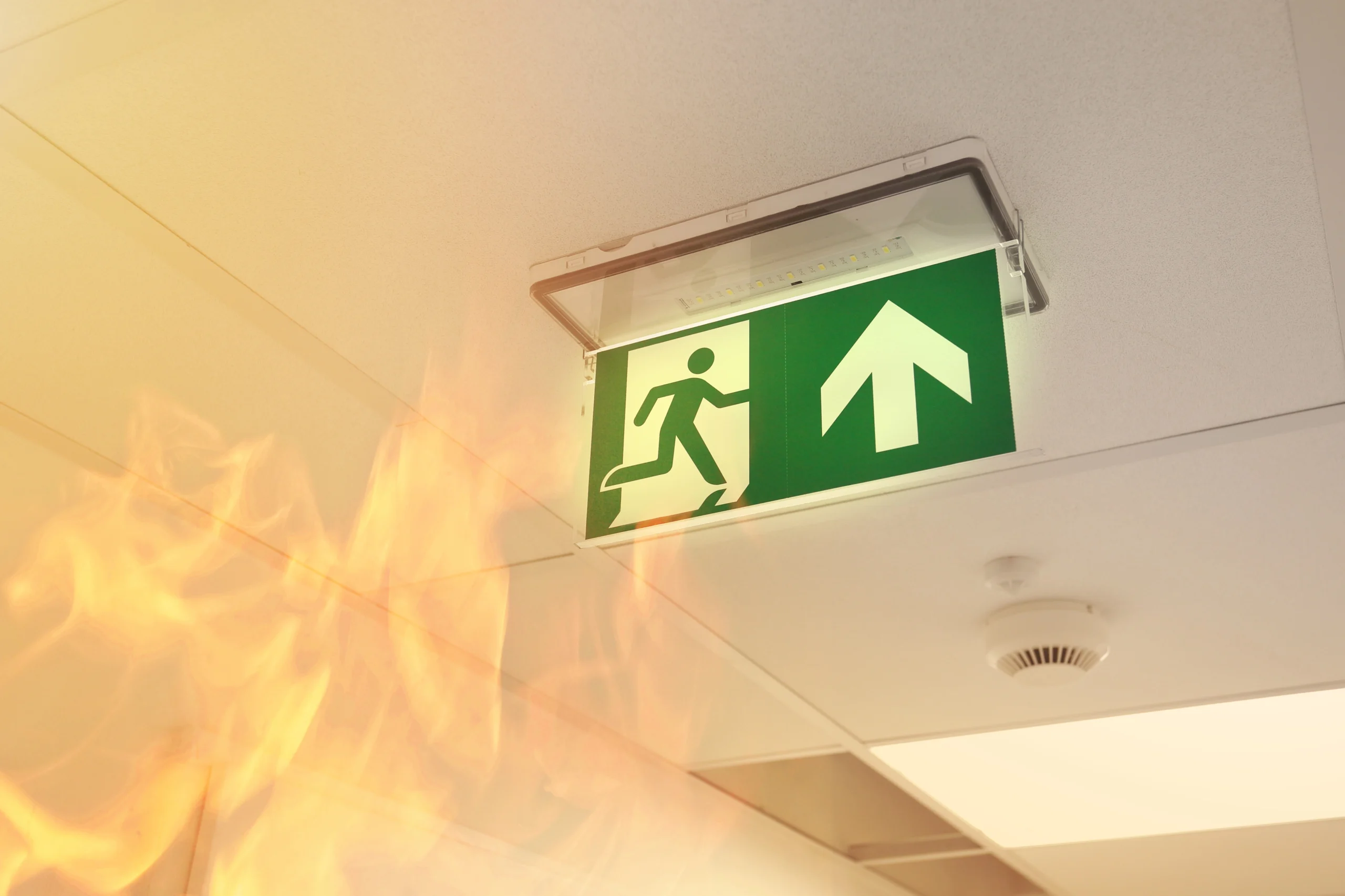A critical part of workplace emergency preparedness is ensuring every employee is accounted for during a crisis. Many organizations assume that a simple clipboard and headcount suffice, but real-world scenarios often reveal significant gaps in this manual process. Even a routine drill can cause a company to rethink how to account for employees in an evacuation. Relying on outdated methods for emergency mustering can put both people and organizations at risk.
The Realities of Emergency Mustering
At Telaeris, we hear countless stories from safety managers detailing why traditional methods don’t work. Failed headcounts during drills leave employees standing around for an hour. In real emergencies, some companies discover too late that they have no way to track missing workers. Every workplace faces unique risks, and there is no one-size-fits-all solution. Employers must periodically reassess their muster procedures to ensure they’re prepared for any situation.
Safety First: Addressing Employee Concerns and Liability
Employee safety must be the top priority. A reliable mustering solution should provide:
- Comprehensive visibility of who is safe and who still needs help
- Elimination of guesswork and confusion
- Immediate, accurate information for safety captains and first responders
Less than a third of employed U.S. adults consider their workplace proactive about emergency preparedness, according to a 2014 study. When companies fumble their response, such as deploying search teams for someone who was simply offsite at lunch or evacuated to the wrong assembly area, they lose resources and employee trust. In worst-case scenarios, lives and reputations are at stake.
A proactive system reduces the risk of complaints, lawsuits, or regulatory penalties, and above all, ensures the safety of your employees.
Avoiding Inefficient Processes
Manual paper rosters are not ideal when tracking large groups of people or multiple assembly areas. Fixed muster points can quickly become unsafe if wind blows hazardous smoke toward the assembly area. Emergencies are unpredictable, so mustering solutions must be portable and adaptable.
Modern workplaces require mobile, fail-proof solutions that work in any situation, including:
- Mobile digital tools synced with a facility’s occupancy tracking system
- Real-time updates and offline functionality
- Ability to relocate assembly areas / muster points as conditions change
Efficient, digital mustering improves safety and minimizes disruption, making drills less of a chore for employees. Some systems go even further than accountability, with reporting features that measure the duration of the evacuation or the number of people safely accounted for. This data can provide actionable insights to improve the efficiency of your evacuation.
Access Control Integration
Leveraging your facility’s physical access control system (PACS) for emergency mustering can be extremely useful in identifying who is on-site and their last known location. However, if your systems don’t communicate or if connectivity fails, responders are left guessing. Ensuring seamless integration between systems is essential to improving emergency preparedness and accountability.
OSHA and Corporate Mandates: Compliance Isn’t Optional
OSHA requires employers to have a system for accounting for employees in an emergency, but doesn’t specify how to do so. Many companies rely on error-prone methods. A robust mustering system should not only track personnel quickly and accurately but also help avoid fines, penalties, and legal liabilities with detailed reporting features.
Beyond OSHA, many organizations have strict internal policies for evacuation tracking, especially in high-risk industries. A strong accountability system isn’t just a “nice to have” when it comes to employee safety and emergency preparedness.
Why Mustering Matters
Uncertainty during an emergency is a liability. In the chaos of a real-life crisis, the inability to verify employee safety exposes organizations to risks far greater than a logistical headache. At the end of the day, it’s all about protecting people.
By investing in a comprehensive mustering system, companies achieve:
- Better preparedness and faster response times
- Improved employee safety and peace of mind
- Reduced risk of regulatory penalties and lawsuits
5 Best Practices for Emergency Mustering
-
Designate safe, accessible assembly areas to ensure everyone knows where to go and reduce confusion.
-
Regularly train and drill employees to increase confidence and preparedness.
-
Consider mobile, digital mustering tools to enable real-time, accurate accounting.
-
Integrate with physical access control systems to pull from occupancy lists and provide accurate, real-time data and last known locations.
-
Document and audit all drills and events to support compliance and continuous improvement.
Telaeris has helped organizations worldwide streamline their emergency mustering processes with comprehensive, industry-leading solutions. If you’re ready to improve your company’s emergency preparedness, contact us. We’ll help you find the best solution for your needs and ensure your organization is prepared for any situation.



